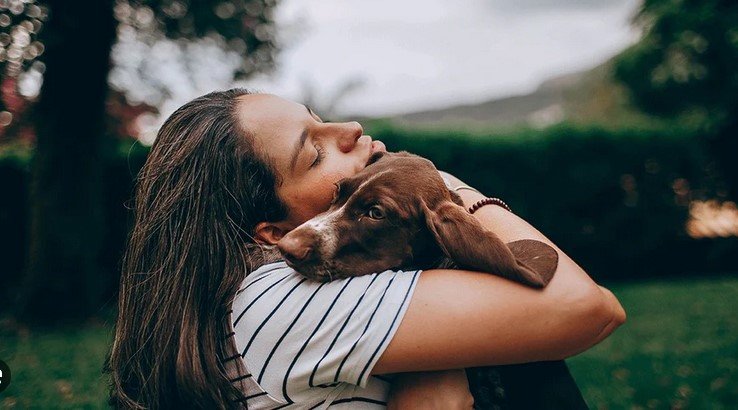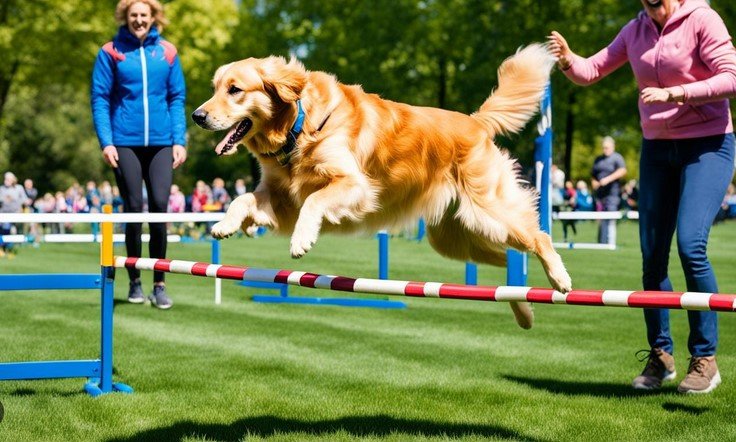Adopting a pet is a wonderful and rewarding experience, but it’s crucial to approach it thoughtfully. Ensuring that you and your new pet are a perfect match involves more than just choosing an animal you find cute. By following best practices for pet adoption, you can ensure a smooth transition for both you and your future furry friend.

Researching Before Adoption
Understand Your Lifestyle
Before you even step into a shelter or visit a rescue organization, take a moment to evaluate your lifestyle. Consider factors such as your work schedule, living situation, and activity level. Different pets have varying needs and energy levels. For instance, high-energy dogs might need more exercise and attention than a low-energy cat.
Research Breed Characteristics
If you have a specific breed in mind, research their characteristics and needs. Some breeds are known for specific traits that might align with your lifestyle, while others may require more specialized care. Understanding these characteristics can help you make an informed decision.
Visiting Shelters and Rescues
Spend Time with Potential Pets
When you visit shelters or rescue organizations, spend quality time interacting with potential pets. Observe their behavior and how they react to you and their surroundings. This interaction is crucial to understanding their personality and assessing whether they might be a good fit for your home.
Ask Questions
Don’t hesitate to ask the shelter staff or rescue volunteers detailed questions about the pet’s history, behavior, and health. Inquire about any known issues, such as allergies or behavioral quirks. The more you know, the better prepared you’ll be for your new pet’s arrival.
Preparing Your Home
Create a Safe Environment
Before bringing your new pet home, prepare your living space to be safe and comfortable. Remove any hazardous items, such as toxic plants or small objects that could be swallowed. Set up a designated area with food, water, and a comfortable bed where your pet can settle in.
Gather Essential Supplies
Ensure you have all the necessary supplies ready for your new pet. This includes food, water bowls, a leash and collar (for dogs), litter box (for cats), toys, and grooming tools. Having these items prepared in advance will help your pet feel more at ease in their new home.
Transitioning Your Pet
Introduce Gradually
When you first bring your pet home, introduce them gradually to their new environment. Allow them to explore at their own pace and avoid overwhelming them with too much activity or too many people at once. Gradual introductions can help reduce stress and help your pet adjust more comfortably.
Establish a Routine
Pets thrive on routine, so establish a consistent schedule for feeding, exercise, and bathroom breaks. A regular routine helps your pet feel secure and understand what to expect each day. This structure is especially important during the initial adjustment period.
Training and Socialization
Start Basic Training
Begin with basic training commands and gradually build up to more advanced skills. Positive reinforcement techniques, such as treats and praise, can be highly effective. Training helps build a strong bond between you and your pet and ensures they understand the rules of their new home.
Encourage Socialization
Socialize your pet by introducing them to various people, pets, and environments in a controlled manner. Positive social experiences are crucial for your pet’s emotional well-being and can help prevent behavioral issues.
Conclusion
Adopting a pet is a significant and rewarding commitment that requires careful planning and consideration. By researching breeds, preparing your home, and taking the time to understand your pet’s needs, you can create a welcoming environment that supports a smooth transition. Implementing best practices for pet adoption ensures that both you and your new pet will enjoy a fulfilling and harmonious relationship. With the right preparation and care, you’ll be well on your way to a successful and joyful pet adoption experience.











